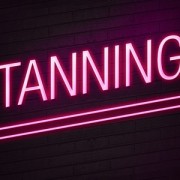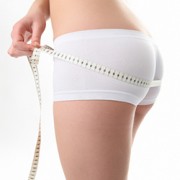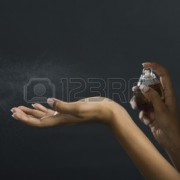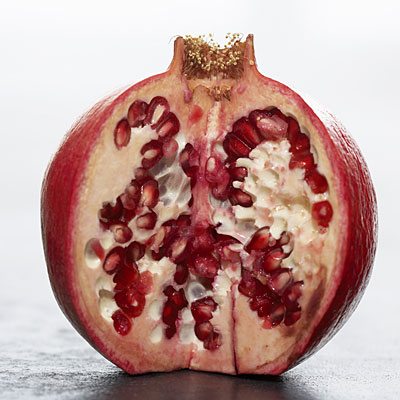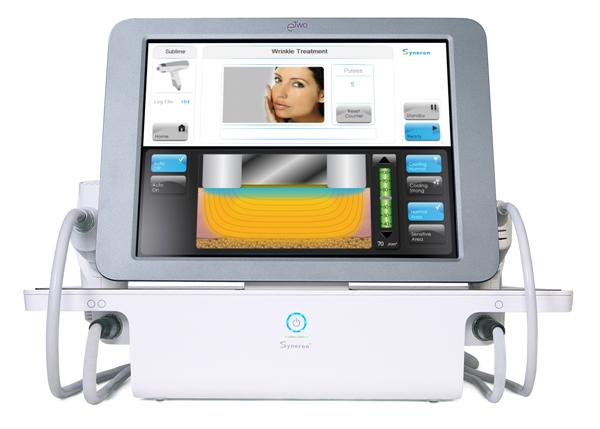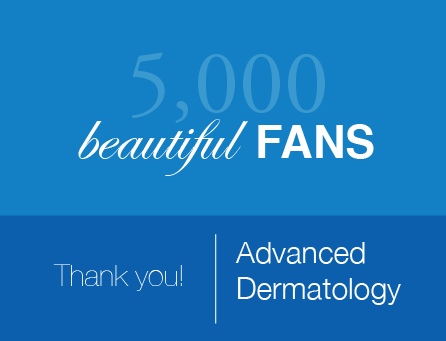Bio Oil Acne Scars
What is Bio Oil, and How Does it Work?
Bio oil acne scars is a skin care product, composed largely of plant extracts — such as calendula, lavender, chamomile, and rosemary — and refined into a topically applicable oil. It is designed to improve the look of stretch marks, acne scars, other scars, and many other skin imperfections. Supposedly, it improves uneven skin tone, such as in the case of dark spots in ageing skin. It helps to heal and eliminate stretch marks and prevent them during pregnancy or any period of intense growth changes or sudden weight changes.
But one of bio oil’s biggest uses is the treatment of acne scars. Acne scars are blemishes, usually raised or depressed pits, caused by the existence of severe acne. They form when pimples are destroyed, damaging the skin and, as with any injury, the skin must deposit attempt to heal the area. Usually, this causes a deposit of collagen. Acne scars are usually caused by “popping” or otherwise irritating acne, and people with predispositions are much more likely to get acne scars. Especially inflammatory acne or acne that is not treated during its course are also key in the accumulation of acne scars. There is very little research to suggest that bio oil acne scars works and we encourage our clients to check out our other treatments that assist with acne scars. (We want to just point out that the best way to treat acne scars is to prevent them, to treat acne while it is present, so that scarring does not take place)
Bio Oil for Acne Scars
Bio oil acne scars is common. Bio oil aims to help reduce the appearance of acne scars by hydrating the inflamed patches that may be involved. Bio oil does not, ultimately, aim to eliminate acne scars, or to prevent acne.
When using bio oil for acne scars, make sure to avoid the sensitive eye area (as with most any topical product). Bio oil can do wonders for the skin, mainly in the area of hydration. Unlike heavier oils like mineral oil, bio oil acne scars is fairly mild and dissolves into the skin more readily. However, it is an oil, and therefore can easily stain clothes or other fabric and take a while to completely be absorbed by the skin.
Because bio oil is made from gentle, natural extracts (oils), it should not clog pores, and is not thought to make acne or acne scars worse. However, the basic function of bio oil is to provide hydration through the oils. Usually, acne is caused by (or at least exasperated by) oily or oil prone skin. Bio oil might hydrate dry parts of skin, or help to aid healing or prevention of scars and stretch marks, but combating oil with oil may not be effective. It does not address the underlying cause of acne, nor the underlying cause and condition of acne scars.
So, is bio oil for acne scars really a legitimate method? Not really. It won’t hurt you to try, but the truth is, bio oil’s essential ingredients and basic functions do not do much for acne scars. As well, it will not prevent more acne or scars to develop. It is not advisable to use bio oil to combat acne or acne scars caused by excessively oily skin. Although it likely won’t exacerbate the situation, it doesn’t have the capability to improve it with any significance.
So What Else Is There?
There are a number of other treatments for acne scars, with similar levels of effectiveness. Below, we name a few and how they work.
Creams
Cortisone cream, or hydrocortisone cream, is a steroid based topical ointment. More specifically, corticosteroids. They target inflammation, rashes, and other minor skin conditions. Corticosteroids are used to treat inflammation, most simply, which is what these creams do.
When used against acne scars, they aim to reduce the appearance and keep them from getting any worse. Although corticosteroids can have negative side effects, topical over the counter ointments usually are low concentration and don’t have significant negative consequences.
Fade creams, such as hydroquinone, aim to bleach skin in an effort to “fade” dark spots caused by acne scars. Like hydrocortisone cream, this is a topical over the counter remedy that can help to treat the appearance of acne scars. Other, less harsh treatments, such as the application of vitamin C, may also help improve and lighten skin in the presence of acne scars.
However, just like bio oil acne scars neither of these methods prove to yield any very definite results.
Dermabrasion
Dermabrasion involves the use of a burr, or a wire brush or harsh wheel, to abrade the top skin layer unlike the bio oil acne scars or the above mentioned creams. Basically, the first layer of the epidermis is scraped off, leaving the skin below exposed. By scraping and disturbing the skin, it hurts it, thereby forcing the skin to regrow a new layer. This can be used to treat skin almost anywhere on the body, and to help remove scars, but is usually used on the face, and is often used to treat acne scars.
The extent of dermabrasion depends on each individual case and its severity. Recovery from this procedure also depends on the severity of the treatment. After, it is important to keep the area from getting irritated, and to clean it regularly to prevent infection.
This method is somewhat extreme, and, to some, yields more negatives than positives.
Laser Treatment
Laser treatments, like laser skin resurfacing, is a newer method that is uniquely effective for the treatment of acne scars. It can also be used for treating other scars and wrinkles, to improve overall complexion and skin tone, and skin blemishes like sun spots associated with ageing. At Advanced Dermatology we recommend the Fractional Laser Treatment for acne scars, safest and most effective laser treatment.
Laser treatment will either target collagen, triggering the skin to create more — in order to fill and smooth out acne scars — or destroy the scar itself, allowing smooth skin to take its place. Either way, it is more effective than bio oil dermabrasion, creams, or most any other treatment for acne scars.
Treatment is quick and not at all painful, non-invasive, and overall better than other acne scar removal methods.
As well, unlike dermabrasion, there is no damage to the surface of the skin. It can only take one treatment, although sometimes a few more depending on the severity of the scarring. Your skin will come out literally like new after laser treatment — the definitive treatment for acne scarring.



